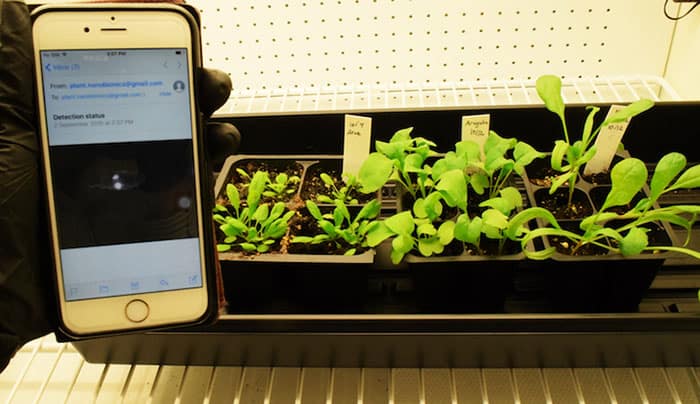Flash Physics is our daily pick of the latest need-to-know developments from the global physics community selected by Physics World‘s team of editors and reporters

Antiprotonic helium passes latest symmetry test
Masaki Hori at the Max Planck Institute for Quantum Optics in Garching, Germany, and members of the CERN-based ASACUSA collaboration have made the most precise measurement ever of the antiproton/electron mass ratio. This was done by studying antiprotonic helium, which is an exotic atom comprising an antiproton, an electron and a helium nucleus. The team cooled about two-billion antiprotonic helium atoms to about 1.6 K. Then it measured the energies of 13 different atomic transitions using laser spectroscopy. The experiments revealed that the antiproton/electron mass ratio was identical to the proton/electron mass ratio to better than one part in one billion. If nature obeys charge, parity and time-reversal (CPT) symmetry, then these two mass ratios should be identical. Any discrepancy would therefore be of great interest to physicists because it could provide a glimpse of physics beyond the Standard Model of particle physics. The measurement is reported in Science.
Australian radio telescope kicks off alien search
The Parkes radio telescope in New South Wales, Australia, has begun its observation run as part of the Breakthrough Listen initiative – the $100m search for intelligent life beyond Earth, launched in 2015 by entrepreneur Yuri Milner and Stephen Hawking. Together with the Green Bank Telescope and the Automated Planet Finder at Lick Observatory in the US, and the newly built Five-hundred-meter Aperture Spherical radio Telescope (FAST) in China, the observatories will spend the next decade studying exoplanets for any signs of developed life with technologies similar to our own. The Parkes telescope has access to the Southern Hemisphere sky, which the Breakthrough scientists deem as “rich with targets”, including the centre of our Milky Way galaxy, large swaths of the galactic plane, and other galaxies in the nearby universe. “The addition of Parkes is an important milestone,” says Milner. “These major instruments are the ears of planet Earth, and now they are listening for signs of other civilizations.” The Australian telescope’s first observation as part of the Breakthrough programme took place yesterday and it studied the newly discovered rocky exoplanet orbiting the nearest star to the Sun, Proxima Centauri.
Nanobionic spinach leaves could detect explosions

Plant leaves embedded with carbon nanotubes (CNTs) could be used to detect chemical explosives, thanks to new work done by researchers at the Massachusetts Institute of Technology in the US, who have transformed a plant into a living sensor that wirelessly relays this information to a handheld device like a smartphone. The technique for engineering electronics into plants, known as “nanobionics” is a new and upcoming field of research that could have a variety of applications – for example, it could be used in agriculture to improve crop yields and margins. The MIT team, led by Michael Strano, wrapped single-walled CNTs (that fluoresce in the near-infrared spectrum) in a polymer that is sensitive to molecules in certain explosives. If the molecules bind to the polymer, the fluorescence of the CNT changes and the signal can be picked up by an infrared camera to indicate the presence and the amount of explosive present. Read more about the research at nanotechweb.org.
- You can find all our daily Flash Physics posts in the website’s news section, as well as on Twitter and Facebook using #FlashPhysics. Tune in to physicsworld.com later today to read today’s extensive news story on spotting spin-spirals in a quantum liquid.



